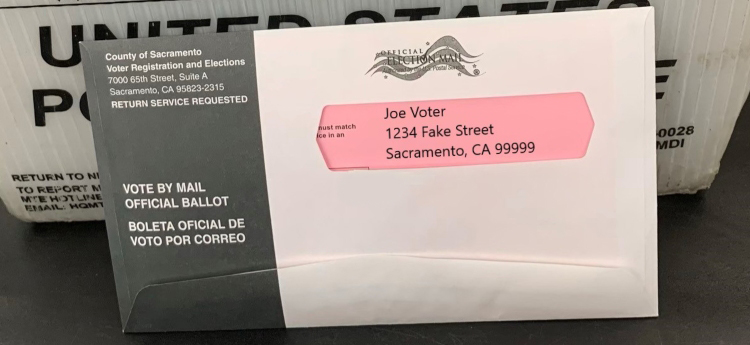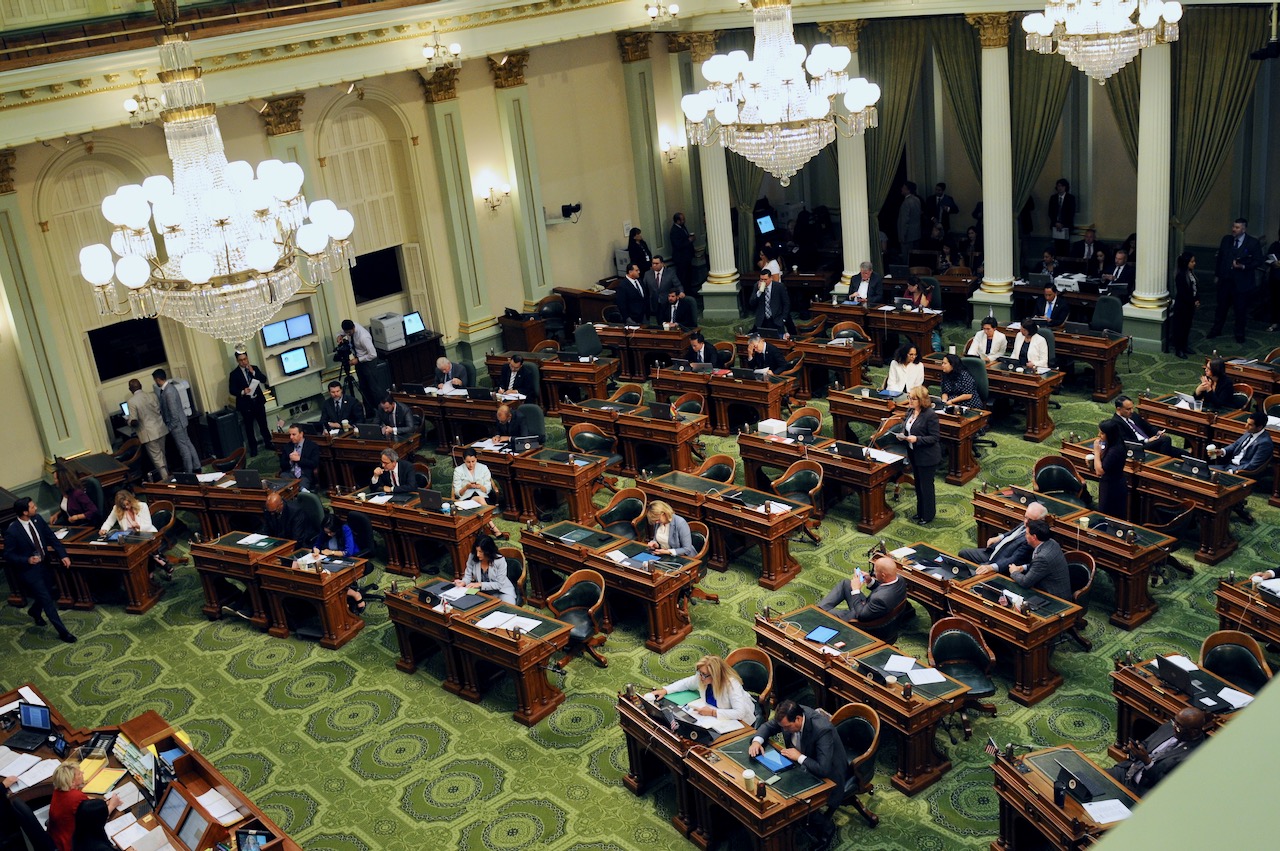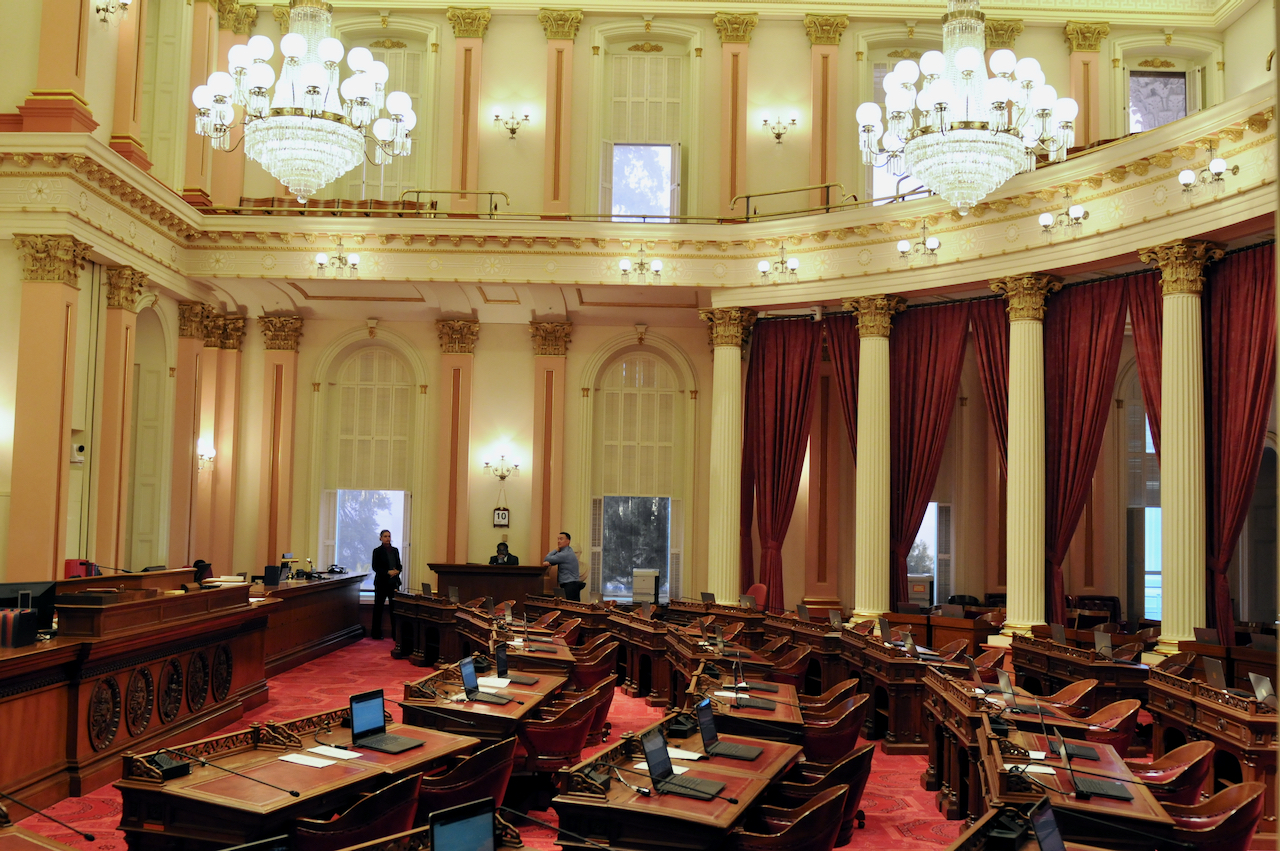
Sacramento County Vote by Mail Official Ballot. (Photo: Saccounty.net)
California’s Top-Two Primary System
‘Top Two’ requires that all candidates for a voter-nominated office be listed on the same ballot
By Chris Micheli, January 11, 2022 2:59 pm
California’s electorate adopted its “top-two” primary system at the June 2010 statewide election by passing Proposition 14. It became operative on January 1, 2011 and amended Section 5 of Article II of the California Constitution.
Existing constitutional law provides a voter-nomination primary election and requires it to be conducted to select the candidates for congressional and state elective offices in California. All voters may vote at a voter-nominated primary election for any candidate for congressional and state elective office without regard to the political party preference disclosed by the candidate or the voter.
Prop. 14 added to Section 5(a) that “the candidates who are the top two vote-getters at a voter-nominated primary election for a congressional or state elective office shall, regardless of party preference, compete in the ensuing general election.”
While Section 5(b) prohibits a political party or party central committee from nominating a candidate for any congressional or state elective office at the voter-nominated primary, a political party or party central committee is not prohibited from endorsing, supporting, or opposing any candidate for a congressional or state elective office.
Note as well that Section 5(b) specifies that “a political party or party central committee shall not have the right to have its preferred candidate participate in the general election for a voter-nominated office other than a candidate who is one of the two highest vote-getters at the primary election, as provided in subdivision (a).”
As the Secretary of State’s website provides: “The Top Two Candidates Open Primary Act, which took effect January 1, 2011, requires that all candidates for a voter-nominated office be listed on the same ballot. Previously known as partisan offices, voter-nominated offices are state legislative offices, U.S. congressional offices, and state constitutional offices. Only the two candidates receiving the most votes—regardless of party preference—move on to the general election regardless of vote totals.
“Write-in candidates for voter-nominated offices can only run in the primary election. However, a write-in candidate can only move on to the general election if the candidate is one of the top two vote-getters in the primary election.
“Additionally, there is no independent nomination process for a general election. California’s new open primary system does not apply to candidates running for U.S. President, county central committee, or local offices.”
- Pleadings in Eminent Domain Cases - December 20, 2025
- Complaint Resolution in Child Support - December 20, 2025
- Tribal Court Civil Money Judgment Act - December 19, 2025





The top two primary sucks. I remember back in an congressional election we had two terrible candidates running. You can easily game the system by running a crowded field and have only one guy that you hate running and the guy you hate automatically gets in. Ranked choice voting or approval voting would be much better options.
This gave us a permanent supermajority of Democrats in most districts. And we just keep going down the destructive path here…